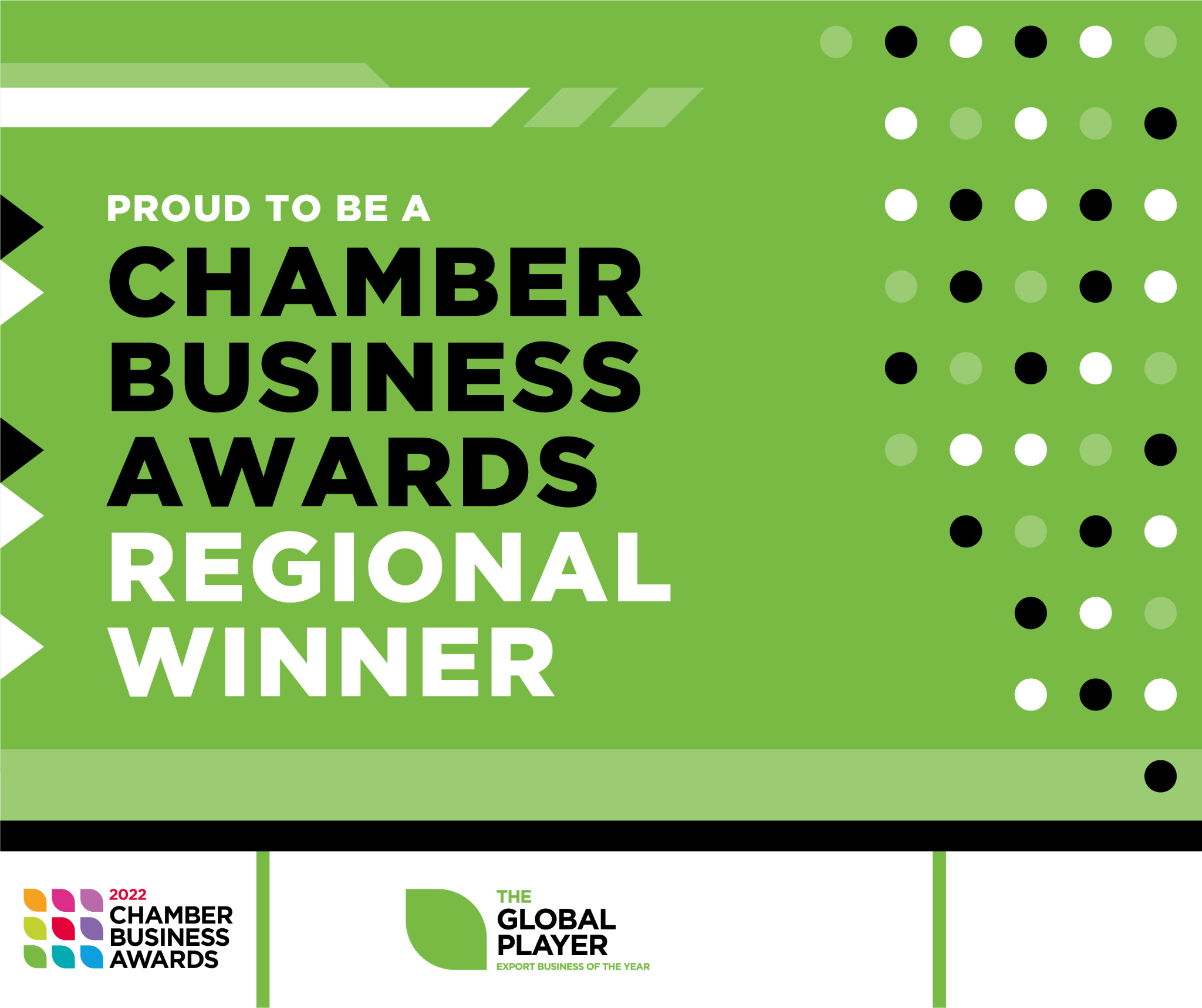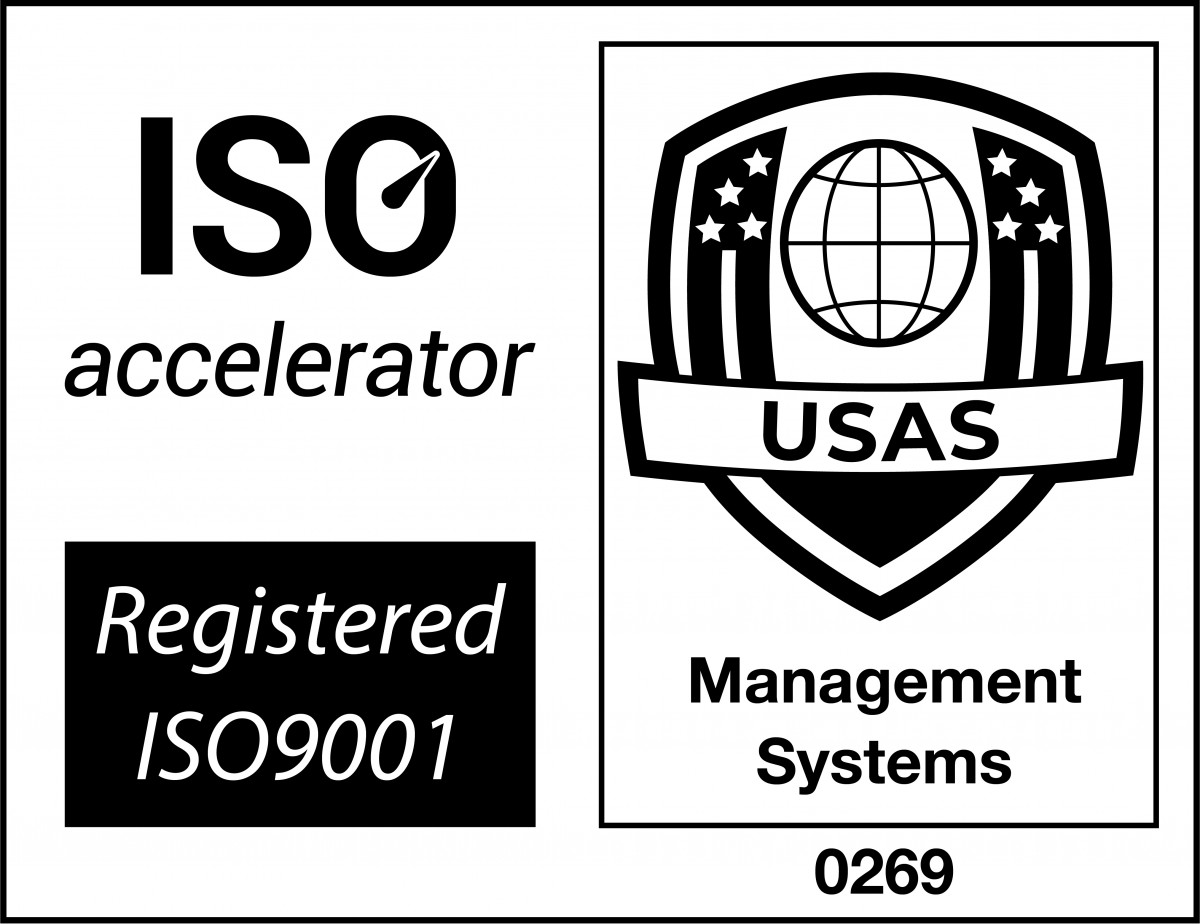Customer satisfaction has always been paramount to the success of any business, but over the past few years, the concept of engagement seems to have superseded the idea of customer satisfaction. As we move further into the digital era, changing customer expectations keep transforming the business landscape and have made it essential for business owners to modify the way they connect with customers. Nowadays, customer engagement takes priority given its ability to achieve healthy relationships with customers, build loyalty, and generate trust in brands and companies. While this type of engagement is seen as a form of marketing, you don’t need to be a marketing manager to leverage modern customer engagement strategies. If you want to find out more about the basics of 21st-century customer engagement, you’ll find this post was written for you.
Understanding customer engagement in the 21st century
Customer expectations have changed rather dramatically in a short period of time, and understanding the following changes is the first step towards designing effective customer engagement strategies.
- Customers want to have an active role in the decision-making process, finding out relevant information by themselves.
- Customers don’t want to feel limited by store hours and expect information to be available 24/7 in a format that suits them and helps them save time.
- The smart consumer is a key figure in the information era, which has turned technology into an empowering tool.
- Customers don’t only engage with products or services but with brands and their values, looking for a deeper connection and searching for brands that are an extension of their personality and lifestyle.
Three customer engagement strategies to boost customer engagement
1. Focus on value
Creating additional products or services that offer clear value can attract leads and act as a differentiator from competitors. Beauty retailer Ulta is a good example of how to implement this strategy to boost engagement as well as sales. The company began offering beauty salon services in all their stores, along with online appointment bookings. By serving as a one-stop shop, Ulta offers a time-saving experience that is coherent with the company’s mission of being “all things beauty, all in one place”. Following the launch of complementary services that focus on value, Ulta experienced significant growth both in footfall and in online sales, as well as growth in stock shares value, strengthening the company’s position in front of e-commerce giants.
2. Personalisation through conversational marketing
Every business puts customers first, but in an effort to reach them, it’s sometimes easy to overlook the person behind the customer. Personalised communication can make a world of a difference in how and to which degree customers engage with a company: given the choice, customers will pick a company that knows their needs well and that follows through.
Personalisation is one of the most disruptive trends right now and is only expected to keep growing, as it has shown its ability to go above and beyond customer expectations. The food and beverage industry is not an exception, although this is a sector where it can be challenging to deliver personalised experiences. This is where conversational marketing can help by delivering hyper-targeted online interactions that provide instant answers. Personalised customer engagement strategies like conversational marketing work because they replicate everyday human interactions and can connect with customers at a personal level, establishing a strong one-to-one bond.
The most common way to implement conversational marketing is using on and off-site messaging tools, either via social networks, a company’s website, or text message. These tools are already being used to capitalise on existing conversations (e.g. a customer ordering food online), suggesting other food and drinks that t customer may be interested in or that can complement their order.
3. Interactive technology
Using the right technology can provide a granular approach to customer engagement, making it easier to anticipate customer needs and providing innovative and valuable solutions that keep your clients coming back.
One of the ways in which technology can help boost customer engagement is through the concept of physical, or the combination of physical and digital experiences. https://www.youtube.com/watch?v=ugf6aDwgaU0&feature=youtu.be This video shows how physical solutions can elevate customer experience in fashion retail. At Rebecca Minkoff stores, customers can “order” garments they’d like to try on via touchscreens and then receive an SMS with their allocated fitting room number, which will already be stocked with all the garments the customer has chosen. Once in the fitting room, customers can use touchscreens to request additional items or new sizes to be brought in. Other common physical solutions include iBeacon technology, self-service kiosks or touch screens, and realistic try-before-you-buy applications.
[divider style=’left’]
Customer expectations and the way they interact with brands have changed and require an increasingly people-centric approach to engagement. To improve customer engagement and grow your business, it’s imperative to focus on delivering value, drawing customers into personalised conversations, and using technology to offer rewarding experiences. At the same time, it’s important to create digital and physical experiences that allow customers to take an active role and engage in a journey of discovery as they interact with brands and companies in unique and meaningful ways.
If you’re looking for a reliable partner who can help your company successfully navigate the complex world of customer engagement, get in touch with LamasaTech! We are specialists in creating technological solutions that support your business goals and reinforce your customer engagement strategies.



